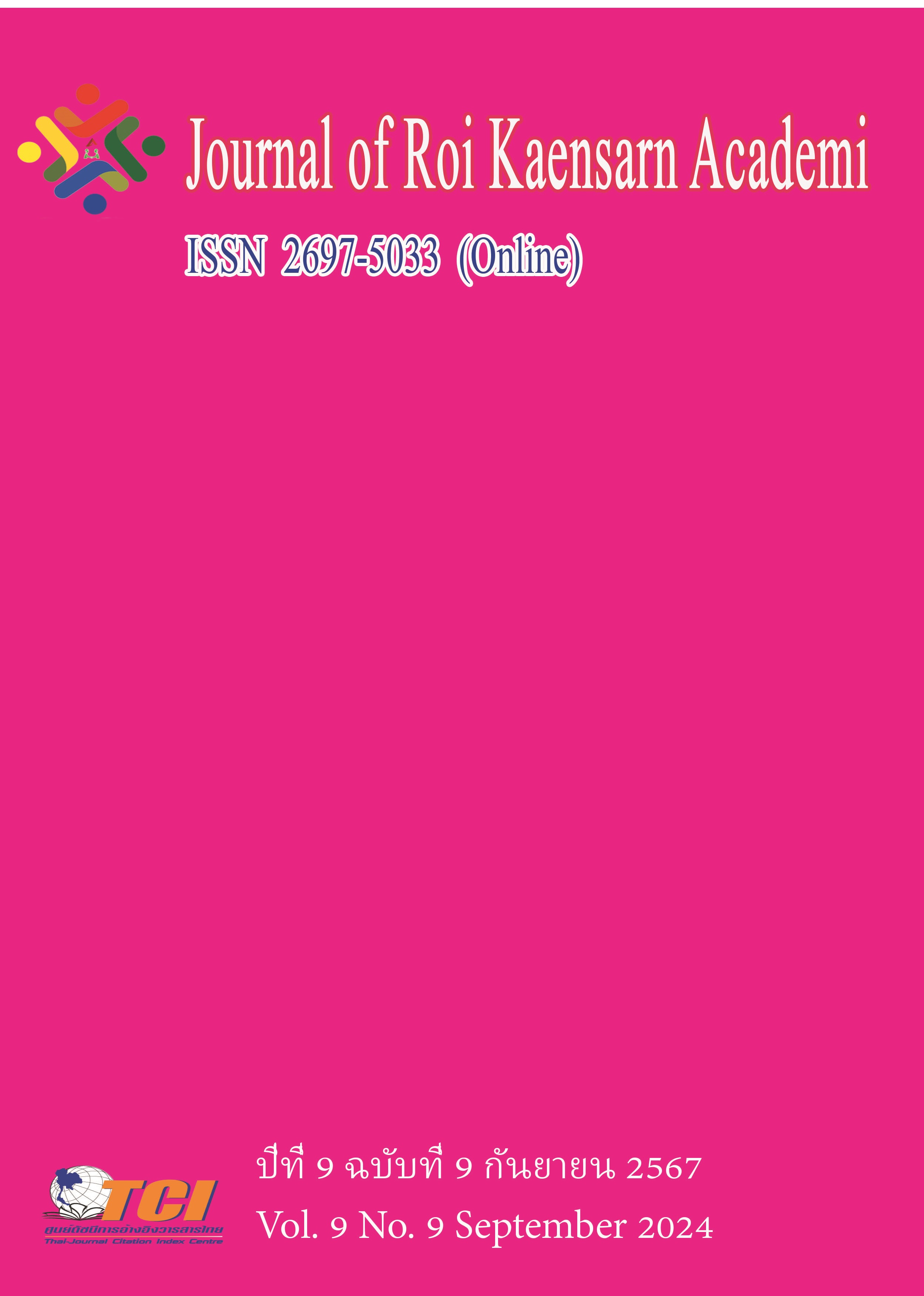The Digital Battlefield: Investigating the Role of Online Platforms and Social Media in Shaping the Chana Movement’s Quest for Democracy and Justice
Main Article Content
บทคัดย่อ
The Chana Community Movement in Thailand’s Songkhla province opposes a government industrial estate project that threatens the region's environmental and cultural heritage. This study explores how the movement leverages online platforms to mobilize support, organize protests, and communicate its message, while also addressing the challenges posed by digital tools. Using a qualitative case study approach, data were gathered from primary and secondary sources, including observations and stakeholder interviews, and analyzed thematically. The findings reveal that while digital platforms are essential for communication and mobilization, they also introduce significant challenges, such as misinformation, government surveillance, and the digital divide, which can hinder inclusive participation. The movement's success depends on effectively integrating digital tools with offline activism and addressing the risks associated with online manipulation. This study contributes to the broader discourse on digital activism by illustrating how online platforms can both empower and complicate social movements in the digital age.
Article Details
เอกสารอ้างอิง
Bennett, W. L., & Segerberg, A. (2013). The logic of connective action: Digital media and the personalization of contentious politics. Cambridge University Press.
Boulianne, S. (2015). Social media use and participation: A meta-analysis of current research. Information, Communication & Society, 18 (5), 524-538.
Braun, V., & Clarke, V. (2006). Using thematic analysis in psychology. Qualitative Research in Psychology, 3 (2), 77-101.
Castells, M. (2015). Networks of outrage and hope: Social movements in the Internet age. Polity Press.
Creswell, J. W. (2013). Research design: Qualitative, quantitative, and mixed methods approach (4th ed.). SAGE Publications.
Denzin, N. K. (1978). The research act: A theoretical introduction to sociological methods (2nd ed.). McGraw-Hill.
Denzin, N. K., & Lincoln, Y. S. (Eds.). (2011). The SAGE handbook of qualitative research (4th ed.). SAGE Publications.
Howard, P. N., & Hussain, M. M. (2013). Democracy’s fourth wave? Digital media and the Arab Spring. Oxford University Press.
Lincoln, Y. S., & Guba, E. G. (1985). Naturalistic inquiry. SAGE Publications.
McAdam, D., Tarrow, S., & Tilly, C. (2001). Dynamics of contention. Cambridge University Press.
McCarthy, J. D., & Zald, M. N. (1977). Resource mobilization and social movements: A partial theory. American Journal of Sociology, 82 (6), 1212-1241.
Rainie, L., Purcell, K., & Smith, A. (2012). The social media politics of the millennial generation. Pew Research Center.
Shirky, C. (2008). Here comes everybody: The power of organizing without organizations. Penguin Press.
Snow, D. A., & Benford, R. D. (1988). Ideology, frame resonance, and participant mobilization. International Social Movement Research, 1, 197-217.
Theocharis, Y. (2015). The conceptualization of digitally networked participation. International Journal of Communication, 9, 1717-1736.
Tufekci, Z. (2017). Twitter and tear gas: The power and fragility of networked protest. Yale University Press.
Tufekci, Z., & Wilson, C. (2012). Social media and the decision to participate in political protest: Observations from Tahrir Square. Journal of Communication, 62 (2), 363-379.
Yin, R. K. (2014). Case study research: Design and methods (5th ed.). SAGE Publications.
Young, L., Selander, L., & Vaast, E. (2019). Digital organizing for social impact: An integrative framework. Journal of Business Ethics, 160 (1), 13-27.

